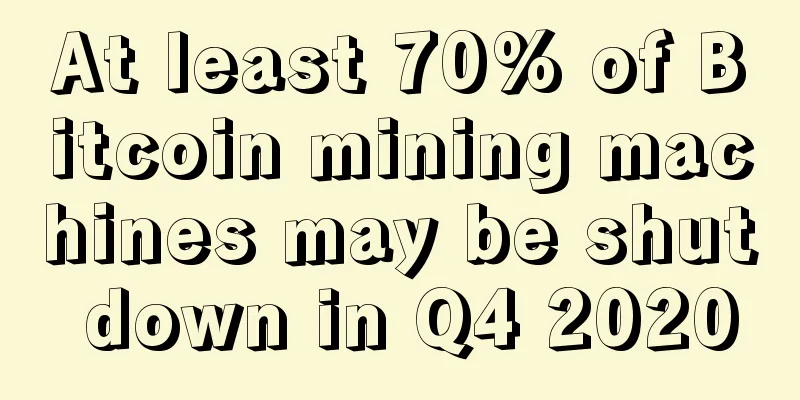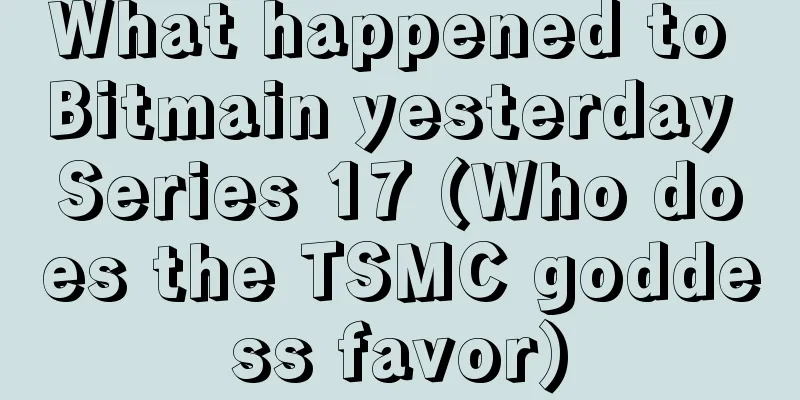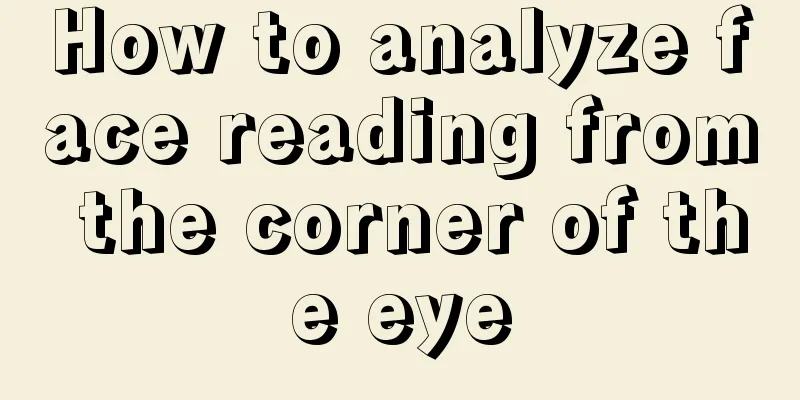The Impossible Triangle of Blockchain: Decentralization, Security, and High Performance

|
In the distributed field, there is a famous CAP theorem: distributed systems cannot ensure consistency, availability, and partition tolerance at the same time, and the design needs to weaken the demand for a certain feature. The CAP principle states that a distributed system can only guarantee at most two of the three properties. Blockchain is essentially a decentralized distributed ledger database, and it also has the "impossible triangle". Today, let's talk about how the "impossible triangle" is balanced and compromised in the blockchain world. The “Impossible Triangle” in Blockchain Decentralization, security, and high performance constitute the " impossible triangle " of blockchain. In the design, it is impossible to achieve all three characteristics at the same time, only two of them can be met. Decentralization means having a large number of nodes participating in block production and verification. Generally, the more nodes there are, the higher the degree of decentralization. Security is the cost of gaining control of the network, and is usually anchored to real-world assets in the design of the consensus mechanism. For example, the proof-of-work mechanism (PoW) is anchored to computing power. Transaction performance is the number of transactions processed per second (TPS). The main reason for the low performance of blockchain is that each transaction must be agreed upon by all nodes. How do mainstream projects compromise in the face of the “impossible triangle”? Mainstream blockchains Bitcoin, Ethereum, and EOS have all compromised on some feature of the "impossible triangle". As a decentralized digital currency, Bitcoin sacrifices performance characteristics to meet the design requirements of decentralization and security. Currently, the cost of attacking Bitcoin is the highest among all PoW public chains. With the upgrading of ASIC mining machines and the continuous addition of new mining machines, the computing power of the entire network can be continuously improved. Ethereum 2.0 will adopt the Proof of Stake (PoS) consensus mechanism. On the Ethereum network, not only can transfers be made, but also smart contracts can be run, and the application scenarios are more complex. However, Ethereum currently has low performance and is more prone to congestion. As a blockchain application platform, EOS is often accused of being centralized. EOS uses the Proxy Proof of Stake (DPoS) consensus mechanism, with 21 super nodes responsible for bookkeeping and block generation. Due to the small number of nodes, it is most likely to be questioned by the outside world in terms of "decentralization" among the three major public chains. summary In fact, the "impossible triangle" of blockchain is not a conclusion reached through rigorous demonstration, it is just a summary of the actual operating conditions of various public chains. I hope that with the advancement of blockchain technology, the "impossible triangle" can become possible. |
>>: Are virtual assets an inevitable product in the digital age?
Recommend
BTC issuance, BCH miners stealing coins, a "hand-to-hand fight" between cryptocurrency camps
Since the birth of the crypto community, the deba...
How to read women's faces? Which women with these faces are blessed?
Face reading can really let you know a lot of inf...
How is the fate of a person with a broken root of the mountain? How to change his fortune?
We all know that the bridge of the nose is at the...
How will Yunbi deal with the explosion of blockchain technology?
When it comes to Yunbi, users' first impressi...
How to read women's palms
The destiny of a woman’s life can be seen from he...
Why do people say that a man with pockmarks on his face must look vicious?
In fact, it is very easy to know a man's char...
The digital detective who has been chasing Mentougou for four years: The huge amount of BTC compensation may cause the market to collapse completely
The huge compensation paid by Mentougou will soon...
Liu Heng's interpretation of facial expressions: The tip of the nose is yellow, the nose is sour, and the person is not suitable for the face
Image from Pexels The world is full of chaos, wit...
What is the fate of a man with a broken eyebrow? Analysis of the life fortune of a man with a broken eyebrow
Analysis of the facial features of men with broke...
How to build an anti-fraud blacklist based on blockchain?
A hot place will become cold! In China, the backg...
What are the facial features of a woman who can marry a rich man?
Many girls want to marry a rich man and live the l...
The face of a woman who is not suitable to be a wife
The face of a woman who is not suitable to be a w...
San Francisco 'Satoshi Roundtable' meeting fails to reach consensus
This weekend another “Satoshi Roundtable” meeting...
Huobi Contract's existing users in mainland China have been cleared out
On October 29, according to Huobi’s announcement ...
The mole under the right corner of a woman's eye indicates a bad marriage
As far as moles are concerned, moles on the entir...









